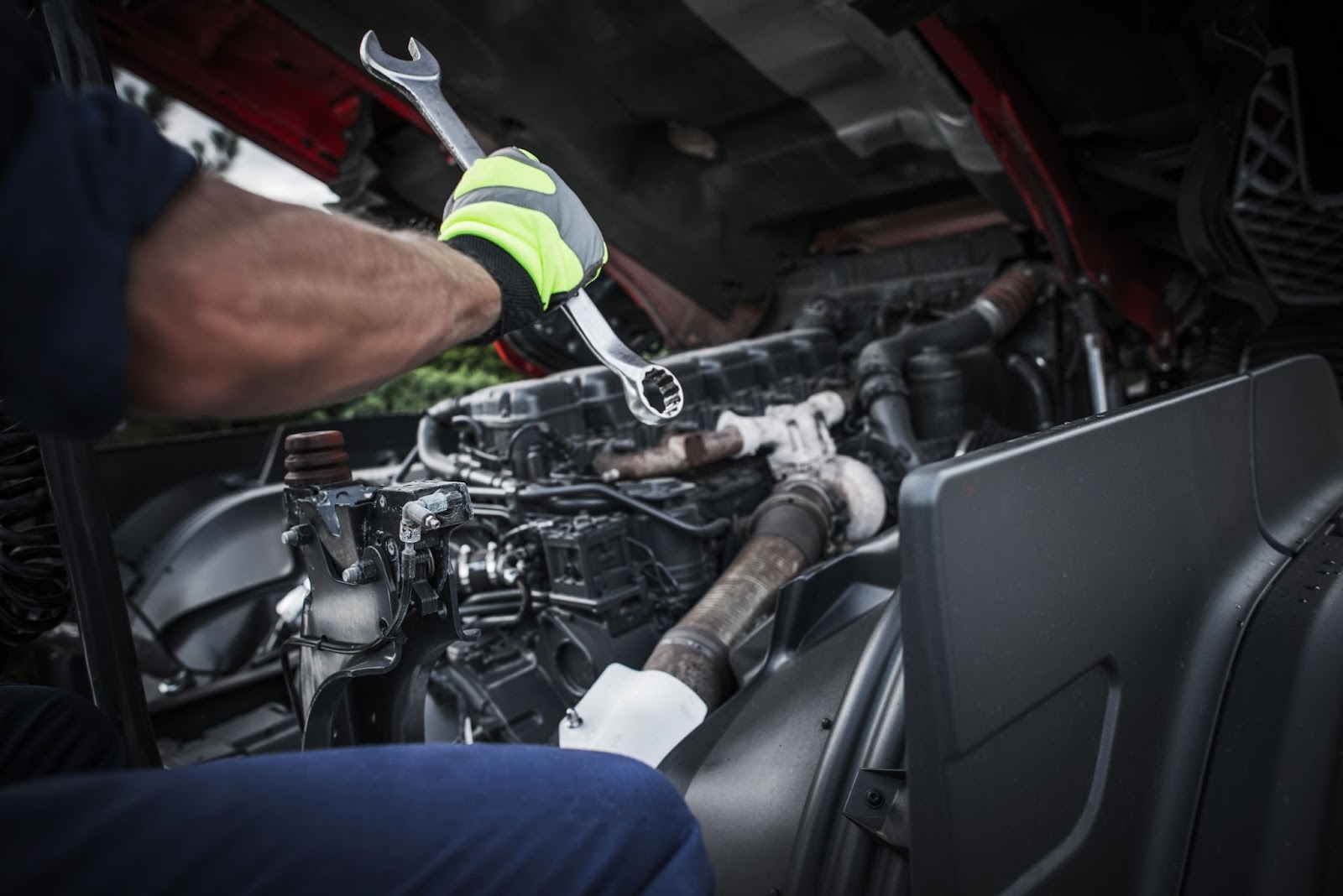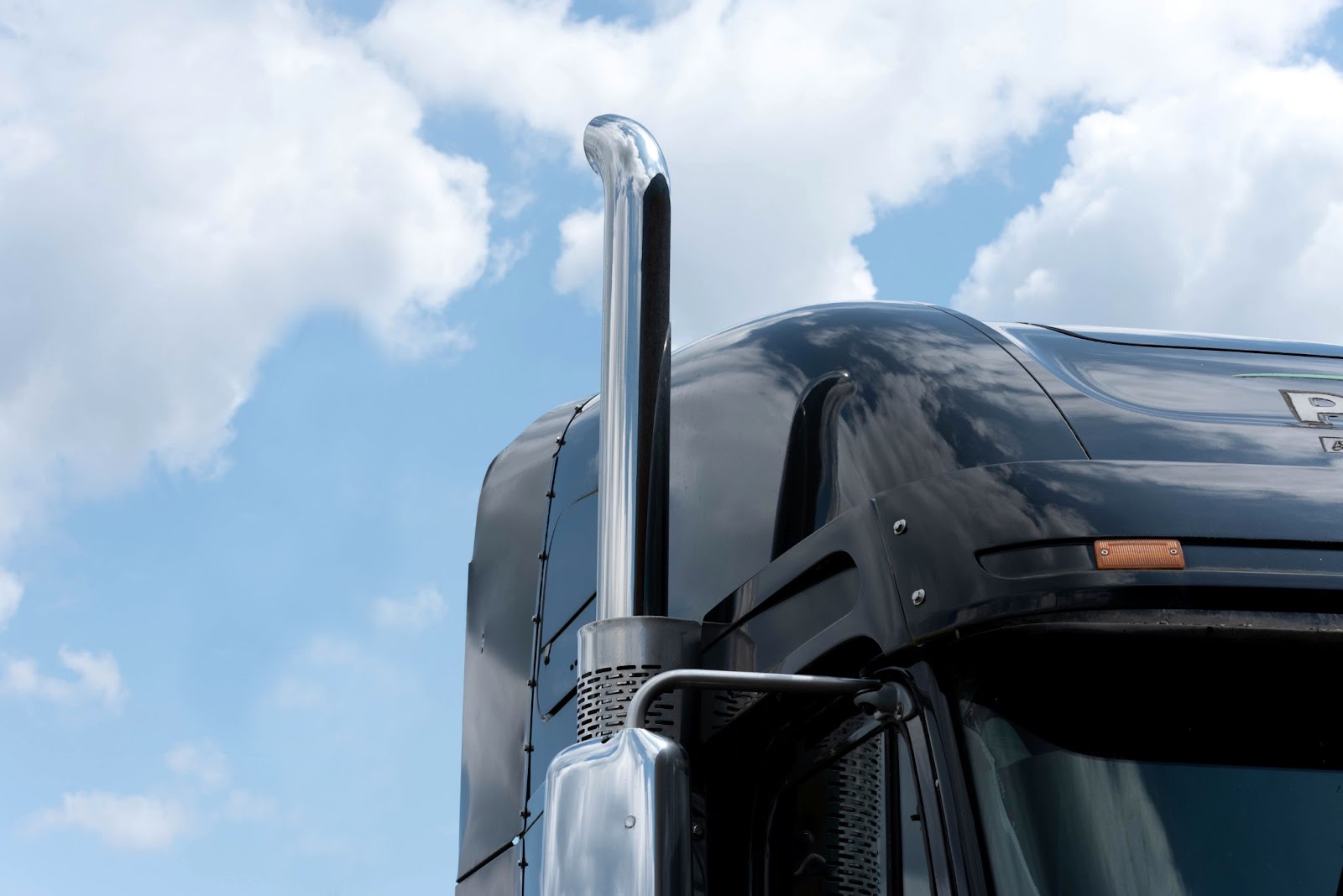Tier 3 Engines: A Way Towards A Greener Future
The US Environmental Protection Agency's (EPA) Tier 3 standards were adopted in 2014 and require engine manufacturers to reduce harmful emissions such as particulate matter, carbon monoxide, benzene, and butadiene. Tier 3 standards apply mainly to passenger vehicles, and light-duty trucks, but also include standards for chassis-certified heavy duty vehicles, such as heavy duty trucks and marine vessels.
With the 1998 EPA rule signing, it was estimated that by 2010, NOx emissions would decrease by about a million tons per year, which is similar to taking 35 million passenger cars off the road. That has been the result and progress of bringing more Tier 3 and tier 4 machines to the road. Let's look at what it means to have a Tier 3 engine and what it can do for the environment we all share.
What Does Tier 3 Means?
Tier 3 standards have an impact on both oil companies and engine manufacturers- oil companies are required to lower the sulfur content, making it cleaner to burn, and vehicle manufacturers are required to update emission control technology in order to reduce pollution and harmful emissions. The different tiers can relate to the emissions and pollution that they give off while in use. There is a focus on reducing the CO2, NOx, and HC emissions that machinery gives off. Tier 3 will help us take steps to have cleaner and healthier air.
Tier 3 Standards For Engines

Low Air Pollutants
Cars, trucks, tractors, and many other vehicle exhausts release a significant amount of pollution into the air. Carbon monoxide, benzene, and butadiene are a few of the pollutants that Tier 3 standards are working to reduce. The criteria that Tier 3 is bringing to machinery industries will work almost entirely to eliminate gasoline vapor emissions.
Reduce Sulfur
Sulfur is a highly common yet hazardous gas that comes from burning gasoline in cars and other vehicles. With Tier 3 regulations, the sulfur content released into the air by gas will be reduced by more than 60%. The goal was to bring the sulfur content down to no more than ten parts per million by 2017. However, the government-recommended level of sulfur is currently 0.2 parts per million.
With the progress made with Tier 3 engines and the reduction of pollution emissions in the air, gasoline with less sulfur in it will make cars run more smoothly, along with helping the environment. Decreasing sulfur in the air will also improve the health of the community.
What Advantages Does Tier 3 Offer?
The economy, public health, and individuals will benefit from Tier 3 engines and machinery. According to EPA predictions , Tier 3 by 2030 would result in the following:
-
Prevent up to 2,400 annual premature deaths
-
Reduce yearly ER visits and hospital admissions related to asthma by 3,200
Tens of thousands of children's respiratory ailments each year can be avoided.
-
Tier 3 by 2030 would avert 1.8 million lost school or work days annually and offer overall health benefits worth up to $23 billion annually.
-
Reduce the amount of ozone being put into the atmosphere by reducing about 80% of tailpipe exhaust of non-methane gases
These Tier 3 engines will make the health of both the people in the country and the country itself much healthier. Progress on these benefits has already been made, and it is a matter of continuing this process with more engine manufacturers making sure that they comply with the EPA Tier 3 standards.

Tier 3 Impact On Engine Manufacturers
Many businesses and engine manufacturers are in favor of the Tier 3 regulations. While the new standards did require manufactures to invest time, money, R&D, and resources into developing new technologies, they are able to produce engines with higher emission standards while not compromising on performance. Additionally, these standards enact a national standard, meaning there is greater regulatory certainty for manufacturers.
Operating Cost Of Tier 3
Tier 3 regulations will reduce the estimated costs of manufacturing materials and decrease the amount Americans will have to pay for fuel, all while providing the country with longer and healthier lives.
The costs of meeting the emission standards were expected to add under 1% to the purchase price of typical new nonroad diesel equipment. However, with some other equipment, the standards can cause a price increase of 2-3%.
Frequently Asked Questions
Does Caterpillar Inc. Use Tier 3 Standards?
Caterpillar Inc. does have engines that are compliant with Tier 3 standards. These standards are applied to the different kinds of engines that the company produces and has focused on reducing the emissions given off by off-road machinery by 90%
Do Stationary Engines Follow EPA Standards?
In July 2006, the EPA promulgated emission regulations for stationary diesel engine technology, requiring that most new diesel engines meet the Tier 1-4 emission standards for mobile nonroad engines. Since then, the EPA has put its measures on more and more kinds of machinery, from SI internal spark engines to marine engines with more than 30 cylinders. Each stationary engine must follow the EPA standards for reducing diesel and exhaust emissions into the air.
With machinery that follows tier 4 standards, manufacturers can certify all their engines to an alternative NOx limit in each model year.
Conclusion
As the country takes public health and environmentalism into more consideration for cars and other machinery, regulations have been implemented to create a safer environment for all. National car emissions and fuel regulations have created the standard for marine, commercial, and auxiliary engines. Many of these engines are required to follow Tier 3 standards, and as time goes on, more and more are following tier 4 standards.
When more engines follow these standards, the country will see an overall decrease in the estimated costs of gas and manufacturing, a reduction in the lung problems that many (both young and old) have suffered from, and fewer emissions being put into the air.
With these standards, everyone gets to see benefits, so everyone wins. If you are interested in learning more about what Tier 3 engines are like and what they can accomplish, learn more here at Heavy Duty Pros.